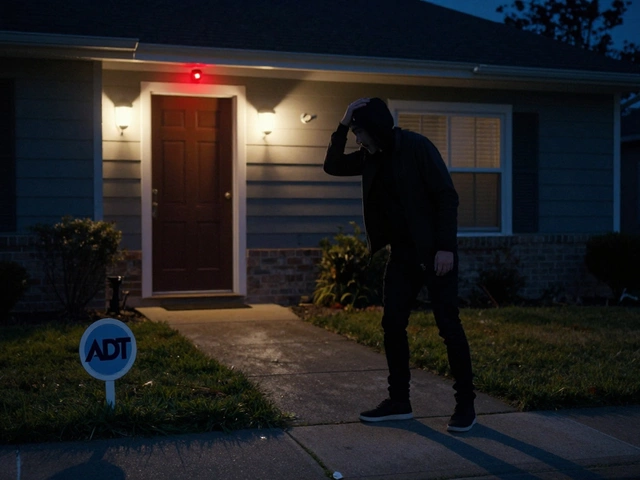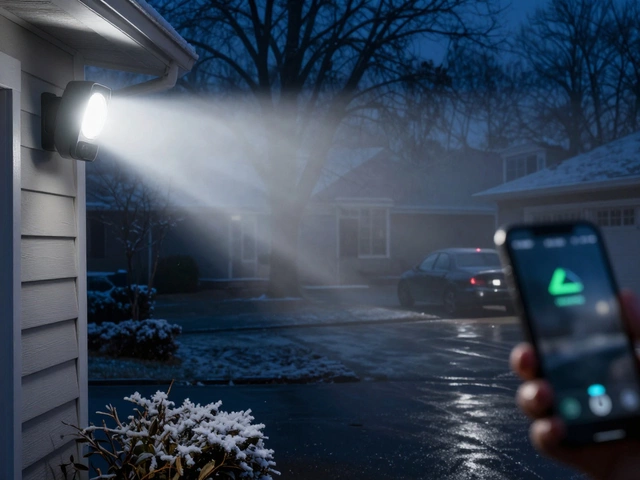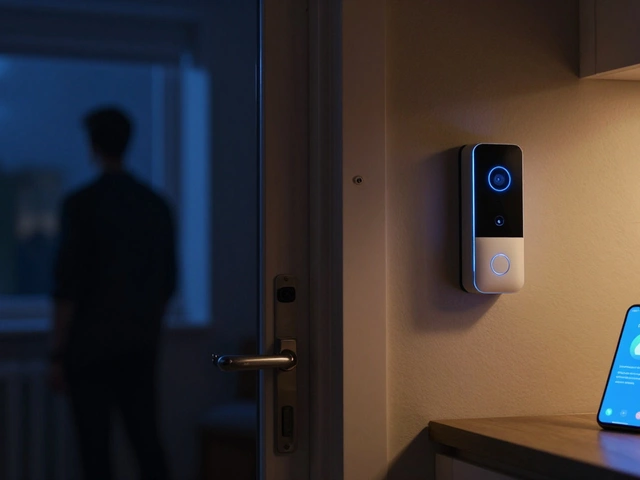Devices: Your Quick Guide to the Smart Gear Keeping Homes Safe and Simple in 2025
Thinking about adding a new gadget to your home? You’re not alone. Homeowners and small businesses are swapping old locks for video doorbells, swapping bulky monitors for sleek baby cams, and moving from wired alarms to wireless sensors. Below you’ll find straight‑forward advice on the most common devices, what to look for, and how to get the most bang for your buck.
Smart Doorbells and Video Cameras
Video doorbells have become a front‑line guard. The biggest question is whether they need wiring or can run on a battery. If you have a traditional doorbell transformer (usually 16‑24V in the UK) you can wire a hard‑wired doorbell for constant power and never worry about recharging. Battery‑run models give you flexibility but will need a new charge every few weeks, especially if you have high traffic.
Wi‑Fi is the lifeline for most doorbells. If your internet drops, you’ll still get alerts, but you won’t see live video. Some brands store clips locally on a micro‑SD card, so you can keep a short history even without a subscription. When choosing a brand, check the chime compatibility – older mechanical chimes may need an extra module.
When it comes to security cameras, the debate is wired versus wireless. Wired PoE (Power over Ethernet) cameras give steady video and are tough to hack, but they require running cables. Wireless cameras are easier to install but can suffer from signal loss and battery wear. Look for dual‑tech motion sensors (PIR + microwave) if you want fewer false alarms.
Baby Monitors, Motion Sensors, and Other Essentials
Modern baby monitors do more than just audio. Video monitors with phone apps let you check on your child from anywhere, but you’ll need a reliable Wi‑Fi signal. For larger homes, a monitor with a range of at least 300 metres will keep the picture clear. Some models also have built‑in night‑vision and lullaby features – handy if you’re a light sleeper.
Motion sensors are the unsung heroes of a good alarm system. PIR sensors detect heat, microwave sensors sense movement, and dual‑tech units combine both for extra reliability. In a typical UK home, placing a sensor near the front door and one in the main living area cuts down on false triggers while still catching genuine intruders.
Streaming devices like Roku have a monthly cost if you subscribe to premium channels, but the base service is free. Knowing the price difference between the UK and US versions can help you avoid surprise fees. If you’re budgeting, consider bundling your Roku with a smart TV plan.
Finally, think about the bigger picture: does your security system need a phone line? Modern alarms can use cellular or internet connections, so you can ditch the old copper line. ADT, for example, works offline for basic alerts, but you’ll lose remote monitoring if the internet is down.
Bottom line: pick devices that match your home’s layout, your internet reliability, and how much maintenance you’re willing to do. A wired doorbell + PoE camera combo gives you set‑and‑forget reliability. A battery‑doorbell + wireless camera works for renters who can’t run cables. Pair those with a solid motion sensor and a baby monitor that reaches the whole house, and you’ve built a flexible, future‑ready system without breaking the bank.
Got a specific device you’re curious about? Drop a comment and we’ll break down the pros and cons for you.






